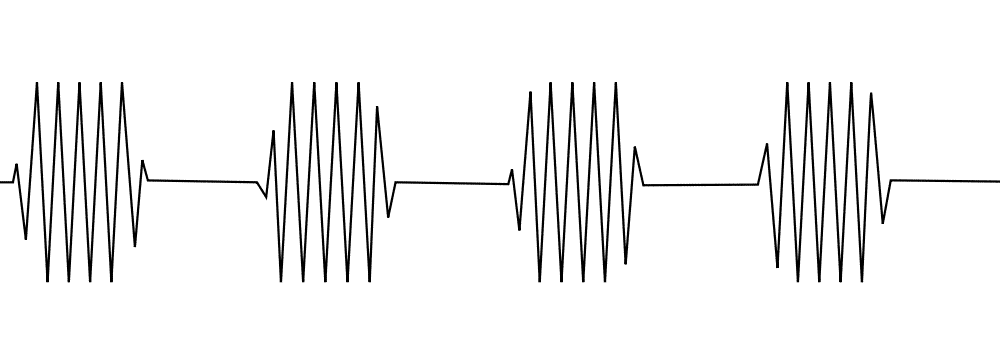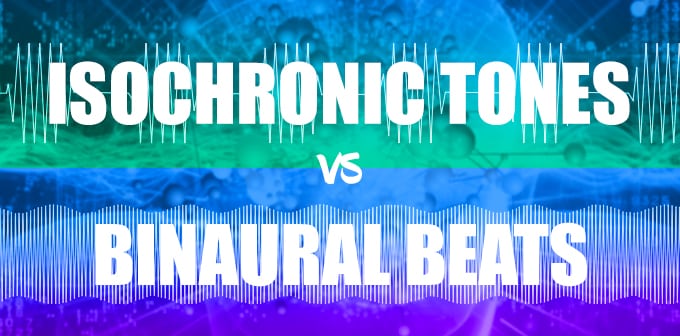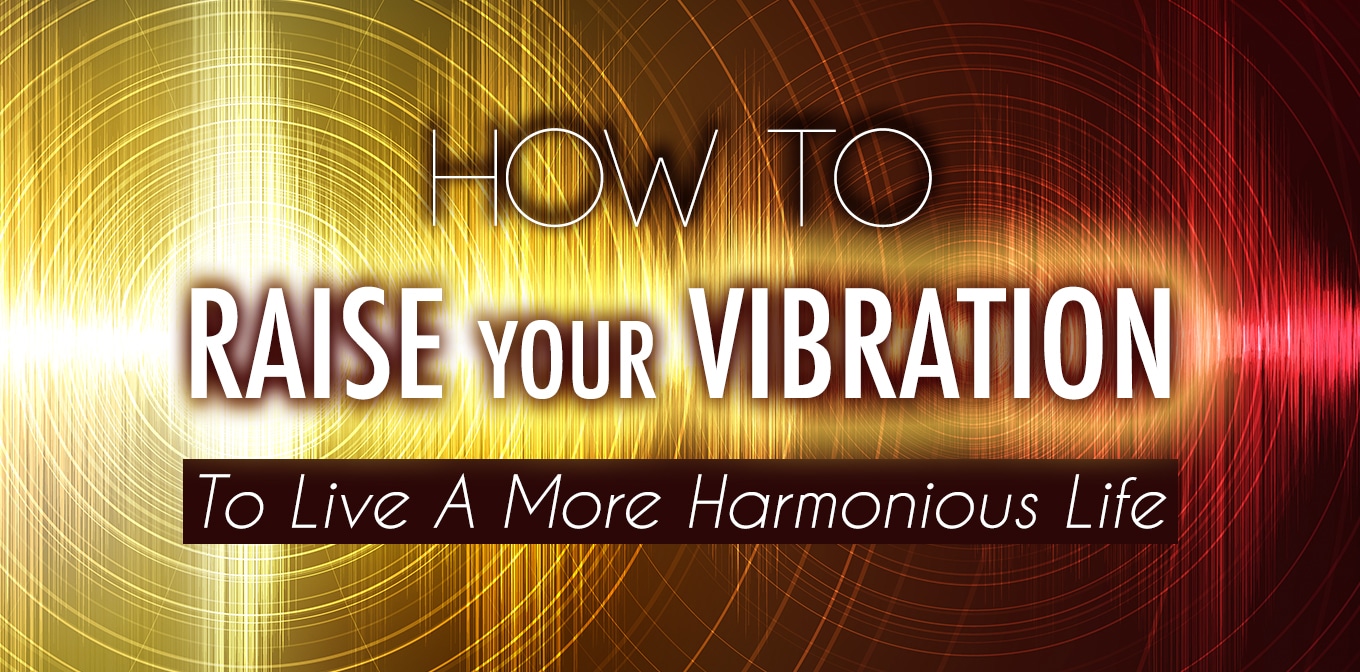Have you ever heard about isochronic tones and binaural beats? Do you know how the brain responds when it’s exposed to rhythmic sound?
Scientific experiments have shown that when the brain is exposed to a rhythmic drum beat, the brain waves start to mimic that beat…
Isochronic tones and binaural beats are elements that belong to the field of “brainwave entrainment”. Brainwave entrainment is anything that can alter the brain waves. It can either be audio stimulation (isochronic tones and binaural beats), visual stimulation or both at the same time. Changing brainwaves has been around for many years, it’s in fact a rediscovered old technology. Meditation, Tibetan singing bowls, and many chants all have effects on the brain. For example, most types of meditation aim at modifying the brain from the fast brainwaves of normal day to day living (Beta waves) to the slower Alpha or Theta brain waves associated with relaxation and deep meditation. However, meditation practice in the fastest brainwaves, Beta and Gamma, also exists (cf. ecstasy, compassion and altruism).
Many of the tribal rituals that are recorded throughout history also use a form of brainwave entrainment. The combination of drum beats, chanting, and firelight flickering changes the brainwaves and puts people into a trance-like state.
Brainwave entrainment is safe to use and can have many health benefits. It’s been shown to help people relax and let go of everyday stresses that they weren’t able to let go of previously. It can also help students focus when they’re having a hard time focusing. Let’s review the two sound based forms of brainwave entrainment: isochronic tones and binaural beats.

Isochronic tones
Isochronic tones are single sounds that are turned on and off again rapidly. The easiest way to think of them is that of a single drum beat. There’s the single tone and then silence between the beats. The pitch of the tone doesn’t matter, as long as it doesn’t irritate you to the point that you turn it off. You don’t have to wear headphones with isochronic tones; the same note (frequency) is fed to both ears, which is where the physical change in the brain comes from… That single pulse.
Isochronic tones have many benefits; they can help with concentration, sleep, and creativity to name a few. It doesn’t matter what mental state you’re looking for, these tones can assist. The further you are from the mental state you want to be in, the longer it can take. These tones don’t force your mind into certain mental states, they gently nudge your mind into them.
Binaural beats
Binaural Beats are similar to isochronic tones but they use a different technology. Binaural beats have to be listened to with headphones on because a different sound frequency (almost a different note) is fed to each ear. The mind hears a third note (“phantom signal”) which is the difference between the two frequencies supplied to each ear.
Binaural beats don’t have as large of an effect on the brain physically as isochronic tones do because in the case of binaural beats, the brain perceives an apparent sound while in the case of isochronic tones, the physical change is real. Also, some studies tend to confirm that isochronic tones stimulate the Thalamus (area in the brain) which would lead to a stronger entrainment effect. Beside, studies conducted on these two forms of entrainment have shown that the intent of the listener is an influencing factor when it comes to measuring results. And in the case of binaural beats, it’s the biggest influencing factor.
Binaural beats do have a softer entrainment effect than isochronic tones. However, binaural beats have more of a hypnotic effect. It helps calm the mind and increases suggestibility. This increase in suggestibility is why intent is so important when listening to Binaural beats. You can use binaural beats to “reprogram your mind”. Binaural beats work better in the lower brain states like Alpha, Theta or Delta.
With isochronic tones, there is a physical change in the brain. The brain starts to mimic the rhythm of what it hears with isochronic tones. They are very effective in the higher frequency zones (Gamma and Beta brain waves).
Choose what fits best to you!
If you’re looking for a strong entrainment effect and if your goal is linked to memory and IQ improvement for example, then isochronic tones are for you.
If you’re looking for suggestibility, hypnotic effect, relaxation, meditation, then you’ll go for binaural beats.
Click here to get free isochronic tones and binaural beats.
Please let us know if you’ve ever tried brainwave entrainment and what technology you prefer. Just leave a comment below. Thanks!
Enregistrer
Enregistrer
Enregistrer
Enregistrer
Enregistrer









